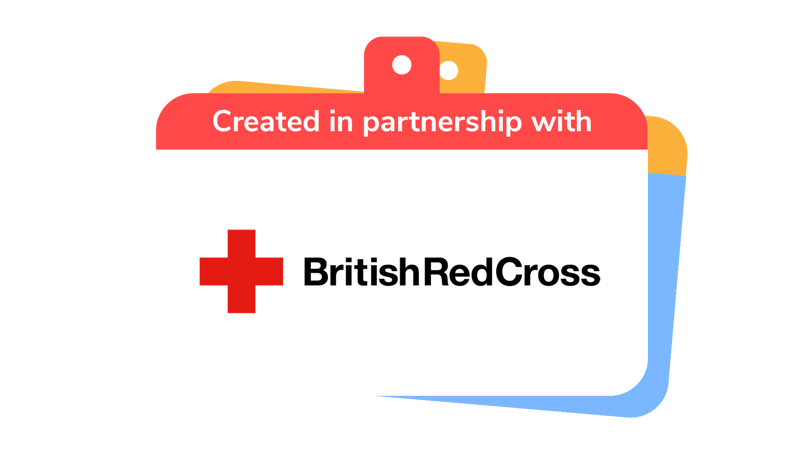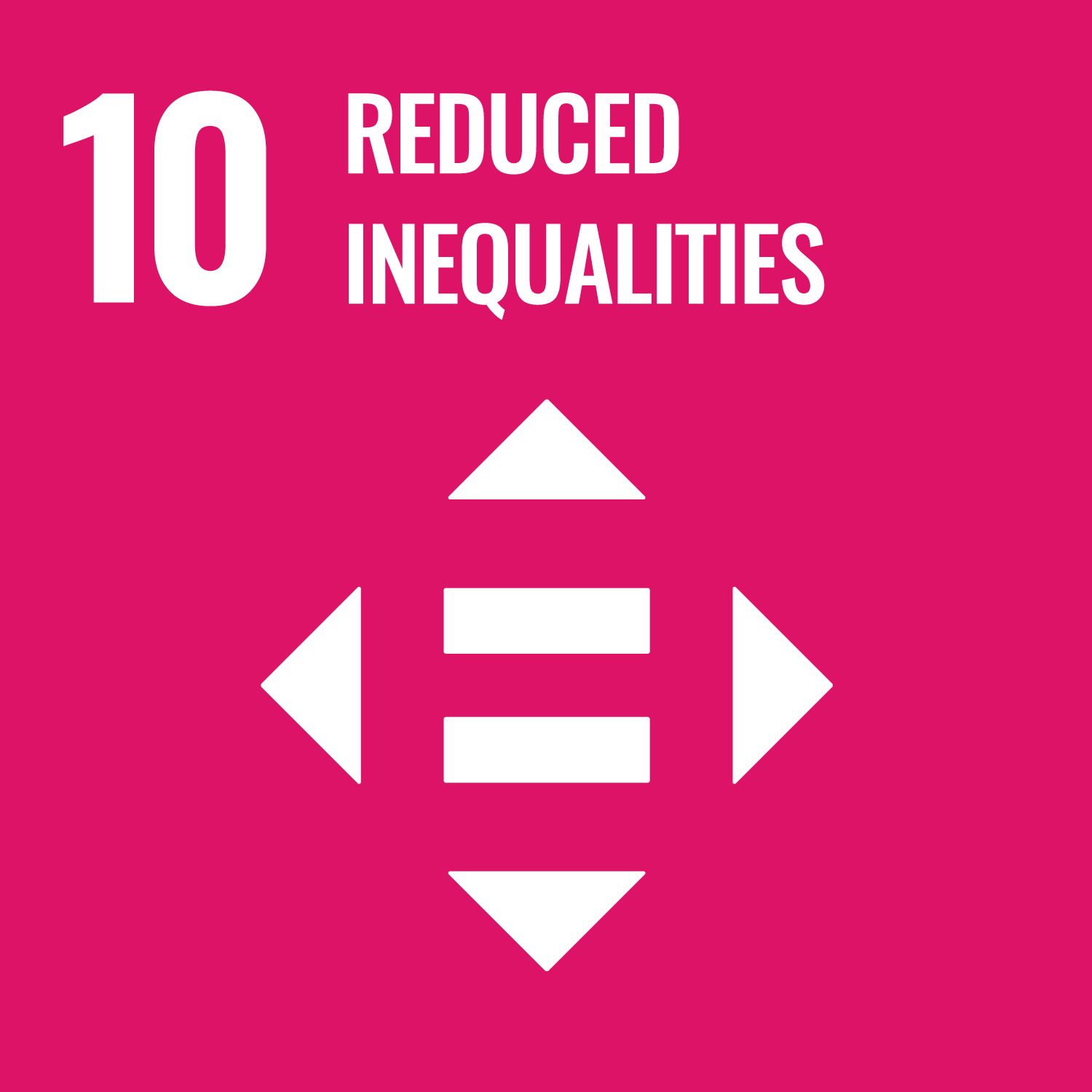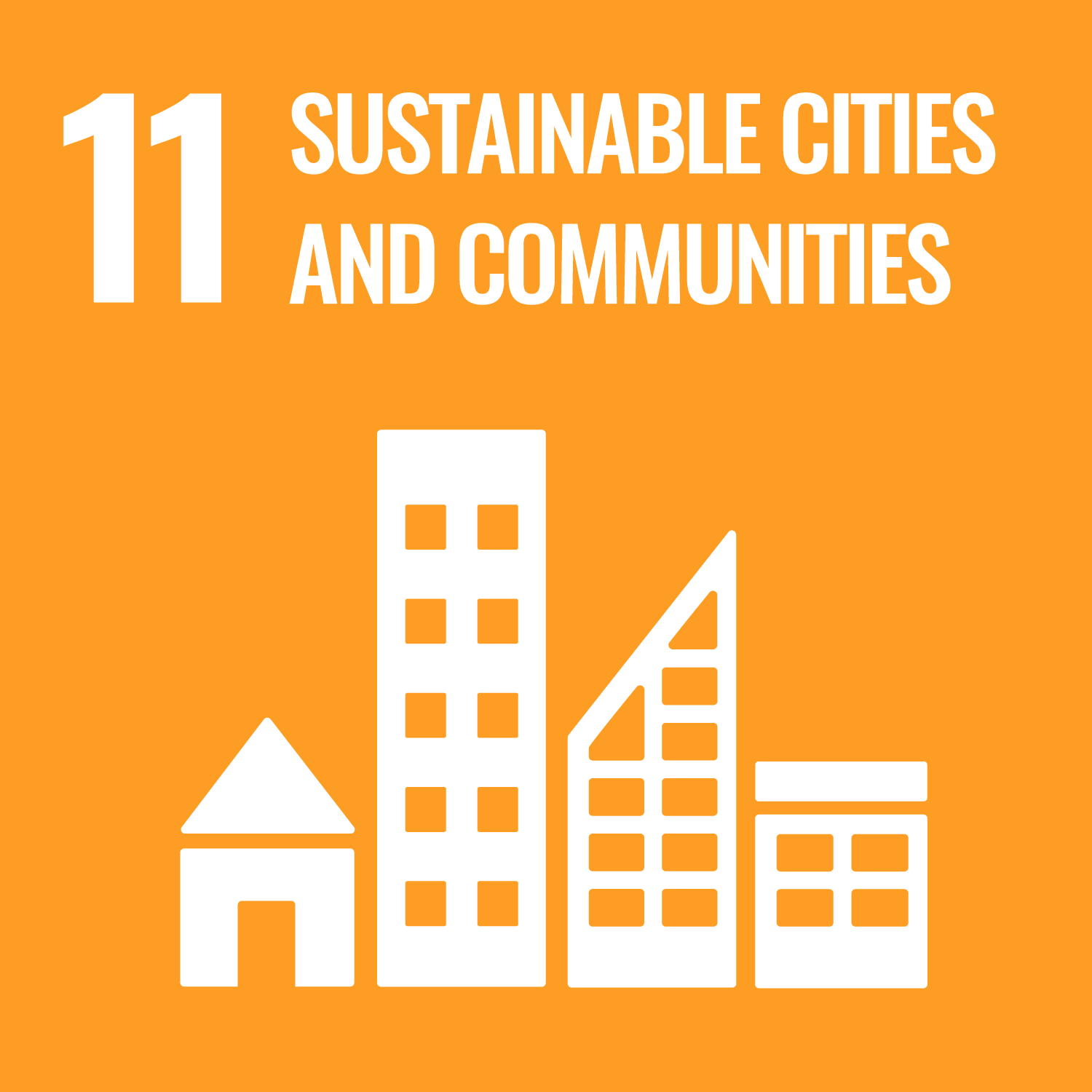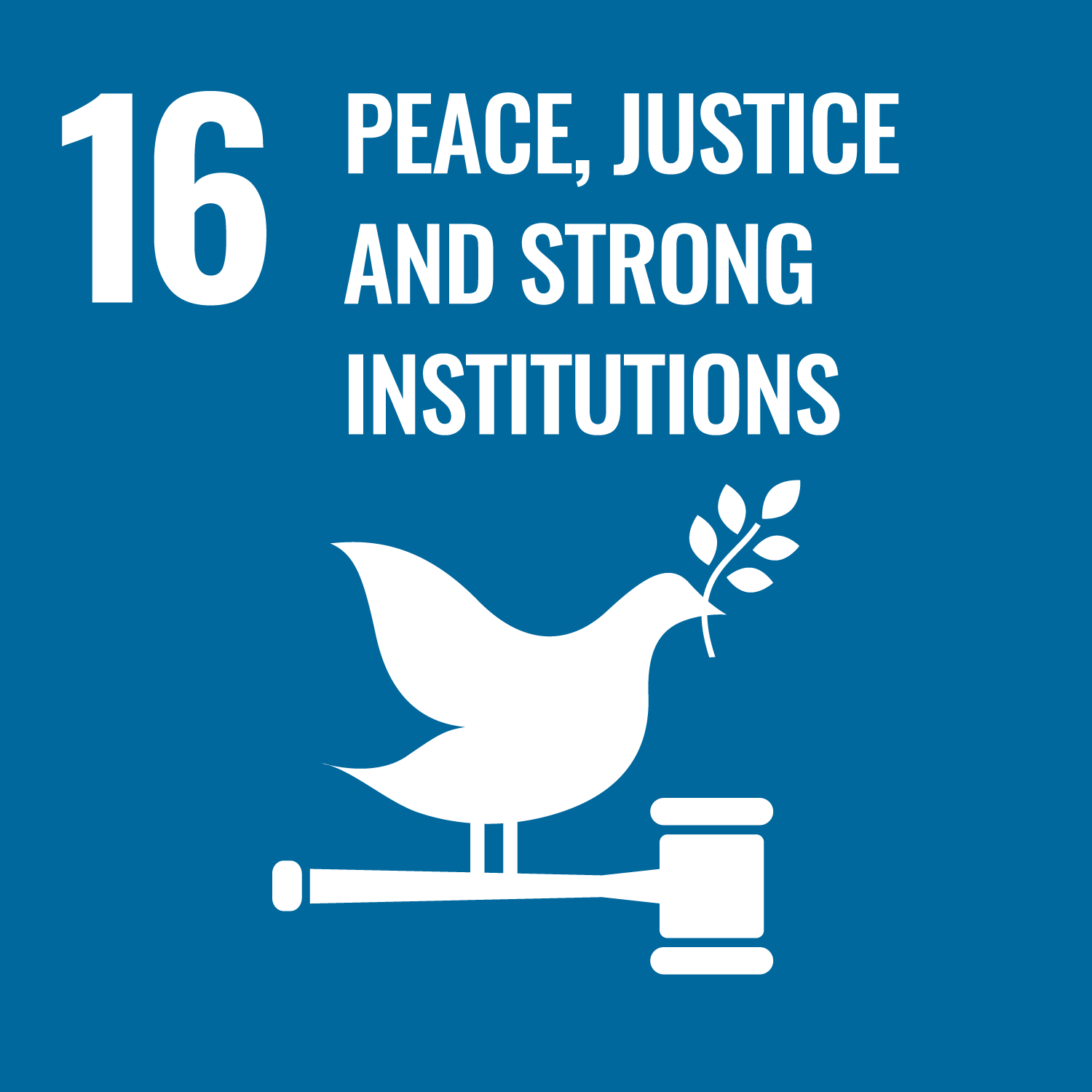
Kindness cache
You’ll need
- Pens or pencils
- Waterproof box
- Resealable plastic bags
- Notebook
- Scraps of card
Before you begin
- Remind yourself of everything people have done to champion kindness. If you have quotes and facts, or photos and videos of them taking action, bring them to show everyone. You could ask people to bring their own photos and resources too.
- Make a geocaching account on the geocaching website – you’ll use this to list your geocache. They also have a short introductory video that explains geocaching: watch it and decide whether you want to show it to your group.
- Decide whether you’ll visit a local geocache or make a pretend one to use as an example. If you’re going to visit a real one, make sure you know where it is and check it’s still there.
Create the kindness cache
- The person leading the activity should explain that geocaching is like a treasure hunt. People hide containers that other people find using a GPS. The containers can include information, logbooks, and things to swap or collect.
- The person leading the activity should show everyone a geocache.
Depending on what you decide to do, this may involve walking to a local geocache or showing everyone a pretend example you’ve put together.
- Everyone should split into small groups.
- Everyone should think about how they could use a geocache to promote their project.
For example, they could include a short summary of their project, a logbook for people to sign (and make a kindness pledge), cards with action suggestions that people could take, or kindness pebbles.
- Each group should gather the things they need to create their box and put it together. They may need to create some additional kindness rocks or write some information about the project, for example.
- Each group should decide where they’ll put their geocache. They should choose somewhere they’ll be able to check regularly and stick to the geocaching code of practice.
Think about how you’ll make sure that your geocache is accessible for everyone.
- The groups should decide how to promote their cache. They could list it publicly on the geocaching website, promote it to other groups, or include it in a newsletter.
- Everyone should check their caches regularly to see who’s visited.

This activity helps contribute towards some of the UN's Sustainable Development Goals. Find out more about the SDGs, and how Scouts across the world are getting involved.




Reflection
This activity was all about being a citizen and helping your community. People helped others understand their project and the difference it made. Can anyone sum up the key message of their project? What action would they like people who find their cache to take? Was it easy to communicate these things?
Safety
All activities must be safely managed. You must complete a thorough risk assessment and take appropriate steps to reduce risk. Use the safety checklist to help you plan and risk assess your activity. Always get approval for the activity, and have suitable supervision and an InTouch process.
- Outdoor activities
You must have permission to use the location. Always check the weather forecast, and inform parents and carers of any change in venue.
- Road safety
Manage groups carefully when near or on roads. Consider adult supervision and additional equipment (such as lights and high visibility clothing) in your risk assessment.
This is a great opportunity for people to work together and share their skills. Not everyone will be a star writer – but there are plenty of opportunities for the artists and creative thinkers to do their thing.
If you’re visiting a real geocache, make sure the route there is accessible for everyone.
All Scout activities should be inclusive and accessible.
You don’t have to stop at one geocache – you could create a series of caches on a kindness theme. You could even make a trail for people to follow and repeat your journey of identifying a need, planning action, taking action, learning more, and telling the world.
Discover more at https://www.redcross.org.uk/
